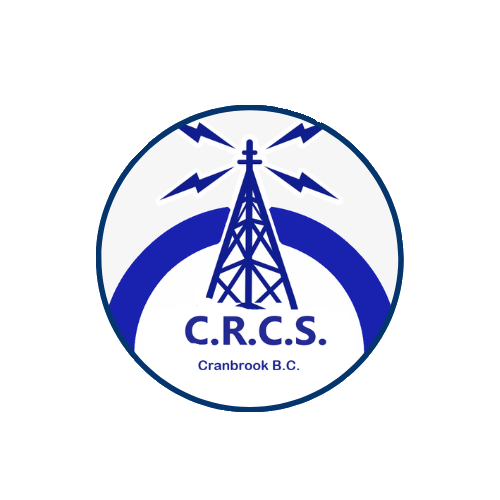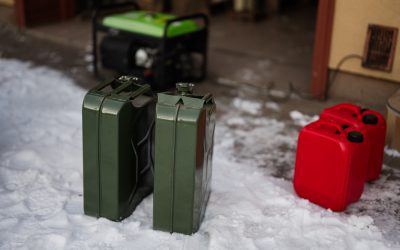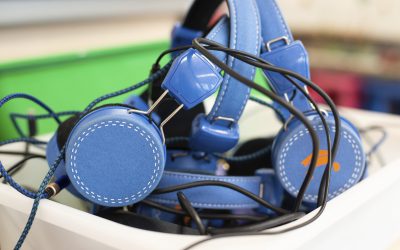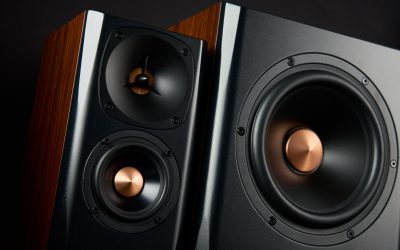As the snow melts and the first signs of spring return to Cranbrook and surrounding areas, it’s time for amateur radio operators to get their stations ready for the warmer months. Winter can be tough on outdoor gear, and your antenna system is no exception. The transition from cold, damp conditions to spring’s variable weather is the perfect time for a thorough check-up. Here’s the CRCS guide to spring maintenance for your antenna system.
Why Spring Maintenance Matters
Your antenna system is a critical part of your shack. Whether you’re working DX, checking into local nets, or experimenting with digital modes, your signal starts and ends with the antenna. Winter brings wind, snow, and ice that can loosen hardware, corrode connections, or even shift the antenna out of alignment. Regular inspection and maintenance help keep everything in working order and prevent small issues from becoming bigger problems down the road.
CRCS Spring Maintenance Checklist for Your Antenna System
1. Visual Inspection from the Ground
Start by stepping back and taking a close look at your antenna system:
- Are guy wires sagging or broken?
- Are elements missing, bent, or misaligned?
- Is the feedline still properly secured along its route?
- Are there signs of corrosion or rust on the mast, tower, or support structure?
- Any tree limbs growing near the antenna that weren’t there last fall?
Taking photos during your inspection can help compare to last season’s setup and spot changes.
2. Check Coaxial Cables and Connectors
Winter can be rough on cables. Freezing temperatures and moisture may lead to cracking, corrosion, or water intrusion.
- Inspect all visible coax for signs of wear or animal damage.
- Check connectors for tightness and corrosion. Clean them with a proper contact cleaner if needed.
- Look for any signs of water ingress, especially where connectors join feedlines.
- If you’re using any lightning arrestors, inspect and test them.
Pro Tip: Replace any questionable jumper or feedline before the summer contest season begins.
3. Test Antenna Performance
After a visual inspection, test the system’s performance:
- Use an antenna analyzer or SWR meter to check that resonance points are where they should be.
- Compare current readings with notes from last fall. Has the SWR changed significantly?
- If something is off, check jumper cables or connections inside the shack as well.
Slight shifts can indicate loose hardware or water-damaged components.
4. Tighten Hardware and Guy Wires
Support structures take a beating from wind and temperature swings. Take the time to:
- Tighten all bolts, clamps, and U-bolts.
- Re-tension guy wires if they’ve slackened.
- Replace worn turnbuckles or frayed cable if necessary.
- Check mast brackets, standoff insulators, and wall mounts for stability.
Always work with a buddy when climbing or adjusting elevated equipment.
5. Clean and Lubricate Moving Parts
If you have a rotator:
- Inspect for smooth operation and listen for unusual noises.
- Clean any exposed surfaces and lubricate according to the manufacturer’s specs.
- Check the control cable for kinks or wear.
- Verify calibration at the controller indoors.
Spring is also a great time to update your azimuth markings if your rotator slipped during winter storms.
6. Clear the Area
A safe shack starts with a clean workspace:
- Trim back branches or vegetation encroaching on the antenna or feedline path.
- Remove fallen limbs or winter debris near guy wires or tower base.
- Check for any animal nests in or around your equipment (yes, it happens!).
7. Grounding and Lightning Protection
Spring is the start of thunderstorm season:
- Inspect all grounding rods, straps, and connections.
- Make sure the lightning arrestors are still properly installed.
- Verify that your station ground and antenna grounds are still bonded correctly.
This step often gets skipped, but it can save your station from disaster during summer storms.
8. Plan for Upgrades or Repairs
As you’re inspecting and testing, make a list:
- Are there any weak points to address before Field Day?
- Have you been thinking about adding a new band or experimenting with a loop?
- Could this be the season to install a remote antenna switch or upgrade your feedline?
CRCS members often help each other with tower work or tuning tips, so bring your ideas to the next meeting.
Bonus: Keep a Maintenance Log
Document what you checked, adjusted, and replaced. This log becomes an invaluable tool next season. Note SWR readings, cable replacements, or mechanical adjustments. Next spring, you’ll have a clear picture of how your system changed over time.
A little spring maintenance goes a long way toward a safe, efficient, and enjoyable radio season. The work you do now ensures better performance, fewer surprises, and more time on the air when it matters. Don’t wait until Field Day to find out something’s broken.




